Name brand coffee
coffee capsule
Coffee capsules are the plastic containers with an aluminium foil seal, with ground coffee inside. It can both reduce the time needed to brew coffee and simplify the brewing process by eliminating the need to measure out portions, flavorings, and additives from large bulk containers.
Peet's Coffee Cold Brew


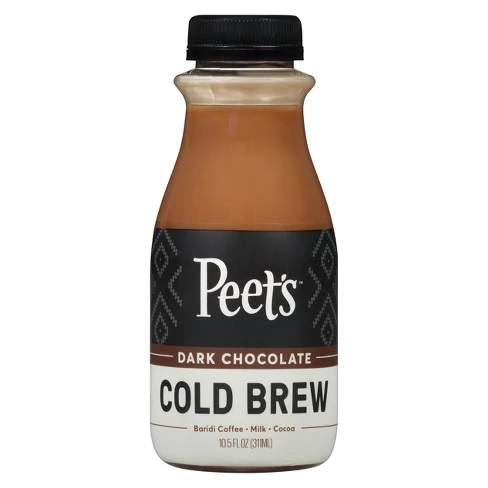
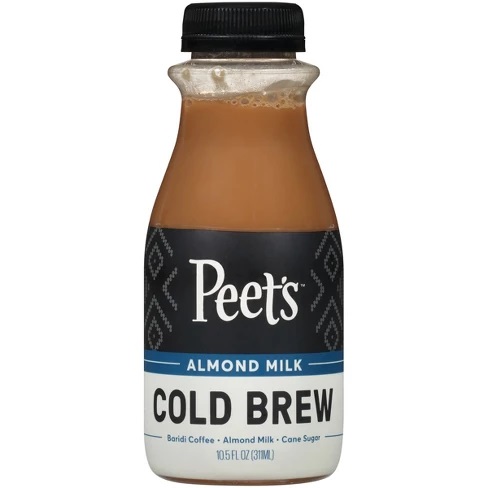
High brew coffee
cold-brewing beautiful Fair Trade Arabica beans over time. smooth flavor with none of the acidity. This company is at Austin, Texas.

UCC Coffee
Coffee
UCC coffee sold in USA.
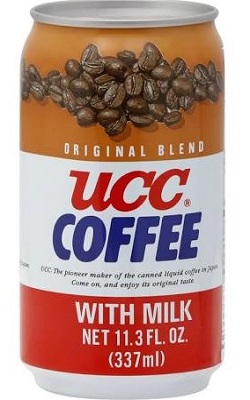

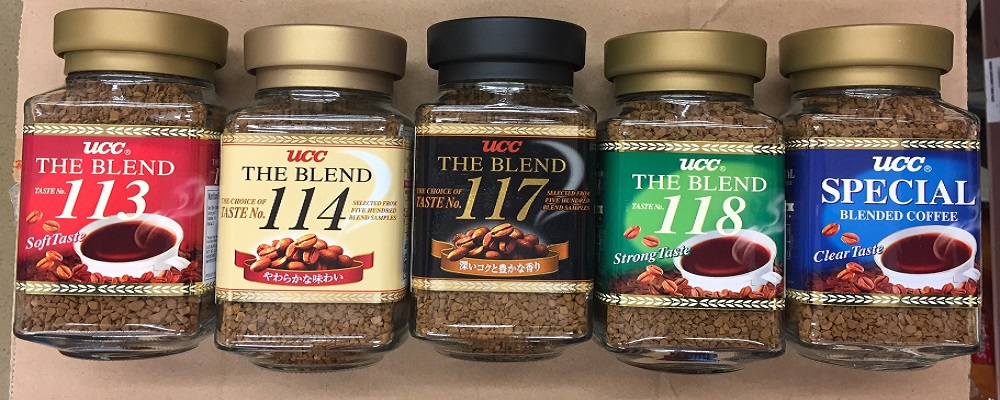
CafeKeyf Turkish Coffee
Cafekeyf started to process coffee in a small workshop of Turkey. It opened the factory in 1994.
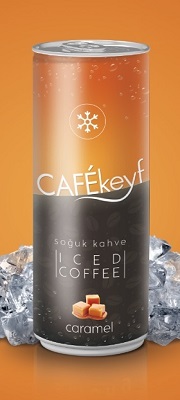

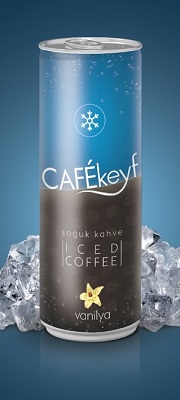
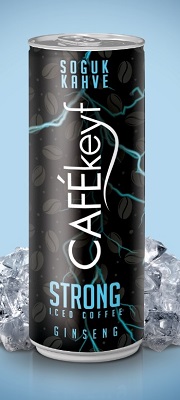

HotShot coffee
Hotshot is the first “HOT” Ready-To-Drink Beverage Company in the United States! It is in a single serve can that’s heated and stored hot in the HotBox. HotBox is a Fridge unit that heats and stores 9 cans of Hotshot drinks at the perfect HOT temperature of 140F. Hotshot can stay hot for up to 20 minutes outside of the HotBox, but once opened it will begin to cool after 5 minutes.

Bernachon coffee
Bernachon Coffee is made by Wei-Chuan food company in Taiwan.
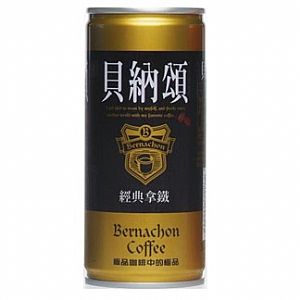

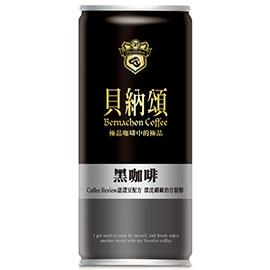

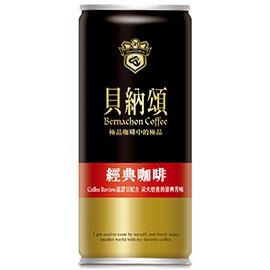
illy coffee
The story begins in Trieste, Italy. Illy Coffee composed of nine distinct highest-order Arabica coffees spanning four continents, purchased directly from the growers who nurtured them. Francesco Illy founded illycaffè in 1933. His 1935 invention of the illetta, considered the blueprint for modern espresso machines, revolutionized coffee preparation. His innovative method of packaging, based on pressurization, enabled illy’s initial exports to Sweden and Holland during the 1940s. Francesco Illy’s method remains the standard for preserving and enhancing coffee’s freshness during transport and storage.

Costa coffee
Costa Coffee was founded in London in 1971 by the Costa family as a wholesale operation supplying roasted coffee to caterers and specialist Italian coffee shops. It is a British multinational coffeehouse company headquartered in Dunstable, Bedfordshire and Acquired by Whitbread in 1995. It is the second largest coffeehouse chain in the world, and the largest in the UK.
Mr Brown coffee
Mr Borwn coffee is one of most famous coffee in Taiwan. Western style was prevailing in Taiwanese society in the 1970s. Fashionable ladies dressed themselves with fluffy while the most popular among gentlemen was to hold a cup of mellow coffee to enjoy the elegance of the black beverage. In view of the blooming canned coffee market in Japanese, KING CAR introduced the highly exotic "Mr. Brown Coffee" into Taiwanese market against all the odds and created a coffee culture on the island. The bearded, curly haired, charming Mr. Brown in white suit with his thumb up a very good image. The idea of the design comes from enthusiastic Brazilian (Brazil produces abundantly coffee beans) because people of this nation are hospitable and generous, hearty and enthusiastic. And it is nothing surprising that they drink dozens of cups of coffee a day. The popularity of Brown Coffee created the mainstream of coffee drinking habit in Taiwan and has laid canned coffee an important position in beverage market. Besides, Brown Coffee has also become synonymous with canned coffee.

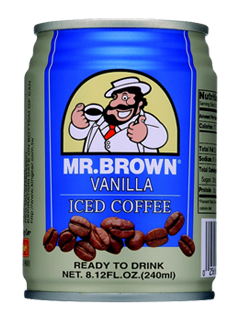

The Birth of Mr. Brown Coffee
In 1980s, KING CAR observed the prevalence of canned coffee in Japan. In order to promote coffee trend in Taiwan, this image design of Mr. Brown coming across ocean to Taiwan from coffee producing land of Latin America appeared in market. He always wears a beard and gentleman hat and enthusiastically thumbs up to recommend canned Brown coffee. To build up the brand with exotic sense, Mr. Brown Coffee made his brand character "Mr. Brown" a bearded, cheerful, passionate and Pavarotti-like man coming from coffee bean producing land – Latin America to introduce coffee to Taiwanese people. In communication of Ads, the term in English "Mr. Brown" was used to emphasize the exotic background. Back then, this vocabulary "Mr. Brown" happened to show in English text book volume No.1 for all junior high school students which made this term catchy for young people. Also the figurative and personification element met the requirement of successful branding. Besides, "Brown" also carries the meaning of brown color as a pun which made "Mr. Brown" a best choice for coffee branding. The Chinese brand name Brown was chosen between Buron and Brown considering that brand new coffee market needed multiple branding strategy for the market when KING CAR first entering the field.
Mr. Brown coffee's advertising appeals use sunny young man as main character combining with circumstances, music and cultural elements such as orchestra, piano to build up the depth of image for Mr. Brown Coffee. The video clip of Blue Mountain Coffee is one of the most classic ads. A slightly gloomy atmosphere was introduced in the video shot in Shuchi Road in Chiufen with a young man sipping Mr. Brown Blue Mountain Coffee on the staircase of the mountain town in early morning. The success of this ad did not only launch the brand awareness of Blue Mountain Coffee but also tightly linked the product with the atmosphere making it a coffee beverage suitable for gloomy mood.
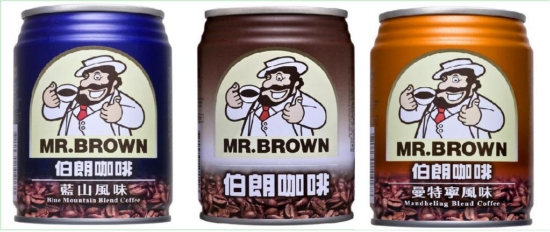
StarBucks coffee
Starbucks opens first store in Seattle’s Pike Place Market in 1971 and became profitable in Seattle in the early 1980s. It becomes the first privately owned U.S. company to offer a stock option program that includes part-time employees in 1991. IPO in 1992
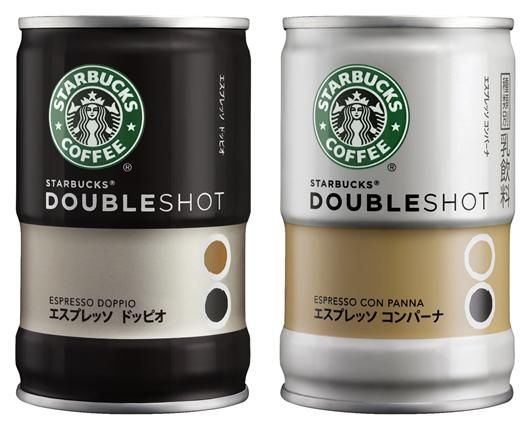

Philz Coffee
Philz brews every cup “One Cup at a Time", crafting a perfect cup to every individual customer’s taste. No lattes, cappuccinos, espressos, or pre-brews. You'll find over 20 customized blends made from high quality beans from around the world. Phil Jaber wanted to create a blend that was flavorful, complex, rich, smooth, and low in acidity.

The Coffee Bean & Tea Leaf
The company was founded by Herbert Hyman in September 1963, as a coffee service for offices. He and his wife Mona, whom he married in 1966, honeymooned in Sweden, where they discovered quality coffee. This sparked the decision to import, roast and sell gourmet coffee in Los Angeles, opening the first Coffee Bean store in 1968 in the Los Angeles neighborhood of Brentwood. The company is known for its Original Ice Blended coffee and tea drinks, hot coffee drinks, and hot and iced tea drinks. It also sells a variety of whole bean coffees, whole leaf teas, flavored powders, and baked goods.
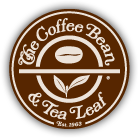
Pacific Coffee
Pacific Coffee is a coffee shop group originating from Hong Kong, with outlets in China, Singapore and Malaysia. It was started by Thomas Neir of Seattle, who came to Hong Kong in 1992.

The Coffee Bean & Tea Leaf canned coffee drinks

The Coffee Bean & Tea Leaf®’s Premium Coffee Drinks are brewed from premium Arabica beans. This canned coffee drink in Cafe Latte, Mocha Latte, and Caramel Latte flavors perfectly capture the commitment to using only the finest ingredients, for a coffee experience unparalleled in its category.
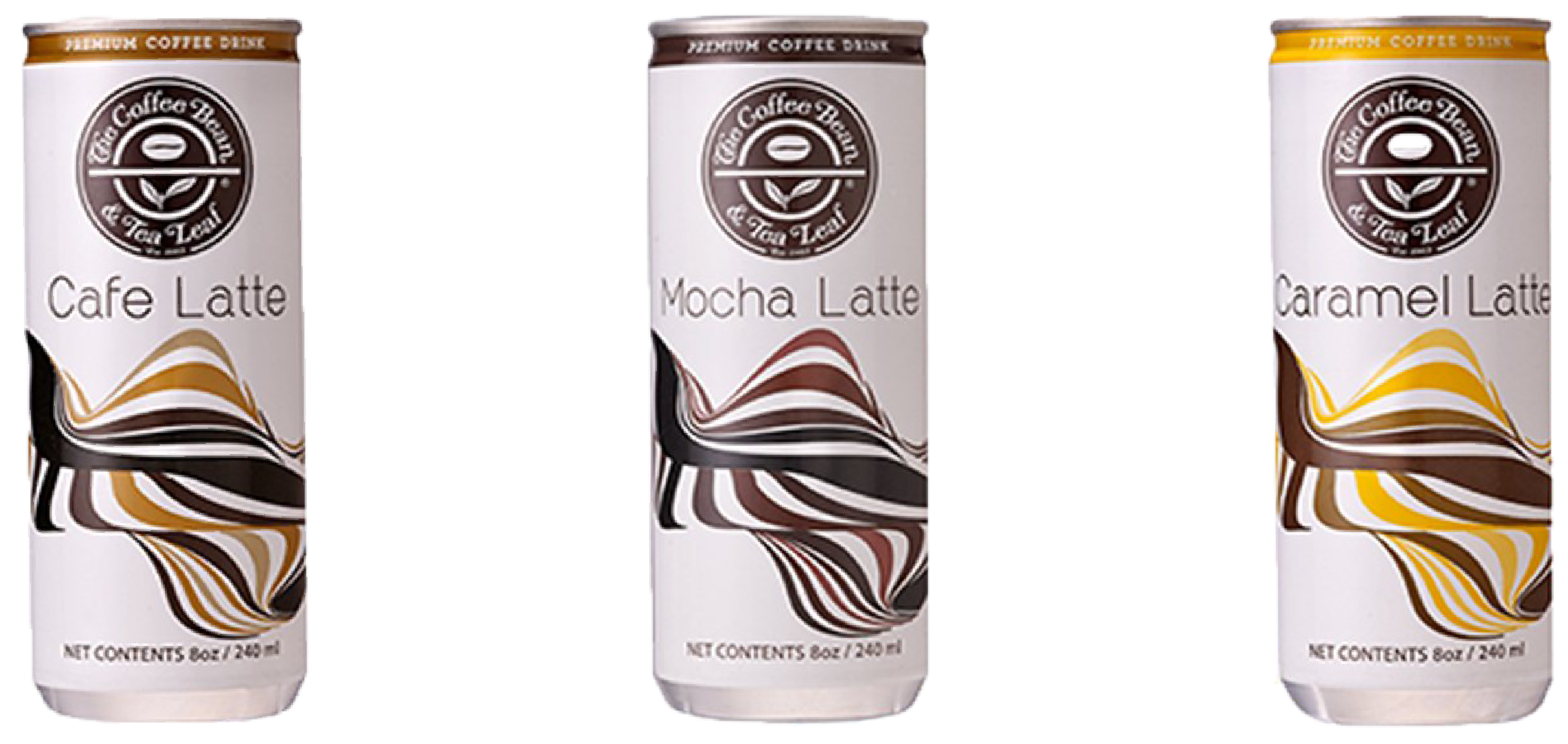
Peet's Coffee & Tea
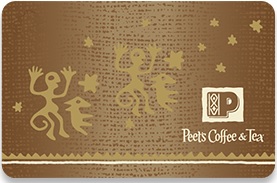
Alfred Peet opened a small coffee store on the corner of Walnut and Vine Streets in Berkeley, CA in 1966. He was born in Holland and moved to America after World War II. His style of coffee was unlike anything Americans had ever tasted before – small batches, fresh beans, superior quality, and a dark roast produced a coffee that was rich and complex.

UCC Coffee

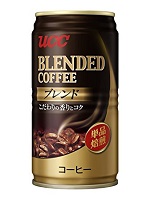
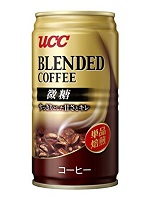

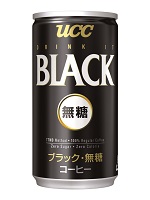
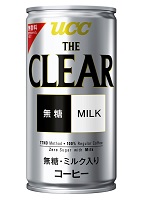
In 1868, the port of Kobe was opened, and along with it entered a range of elements of Western culture that quickly took root in Japan. In 1933, Tadao Ueshima, who had founded a wholesale business in Kobe dealing in butter, jam, and other Western food products, was amazed when he sampled his first cup of coffee at a shop in 1965, Tadao opened a full-fledged, authentic coffee shop in an underground arcade in Sannomiya, Kobe. In April 1969, the world's first canned coffee drink was born. “the father of coffee in Japan.” In 1988, Tadao was bestowed a monument from the International Coffee Organization for his numerous contributions to coffee.
Nescafé Coffee
Nescafé is a brand of instant coffee made by Nestlé. Nescafé coffee was launched in Switzerland in 1938. It was soon exported to France, the UK and the USA. It developed a way to make a quality cup of coffee simply by adding boiling water. In 1965 Nescafé brand extended its innovation by offering freeze-dried soluble coffee with the launch of Gold Blend. The beans chosen for Nescafé coffee come from all over the world – Brazil, Colombia, Kenya, Costa Rica, etc
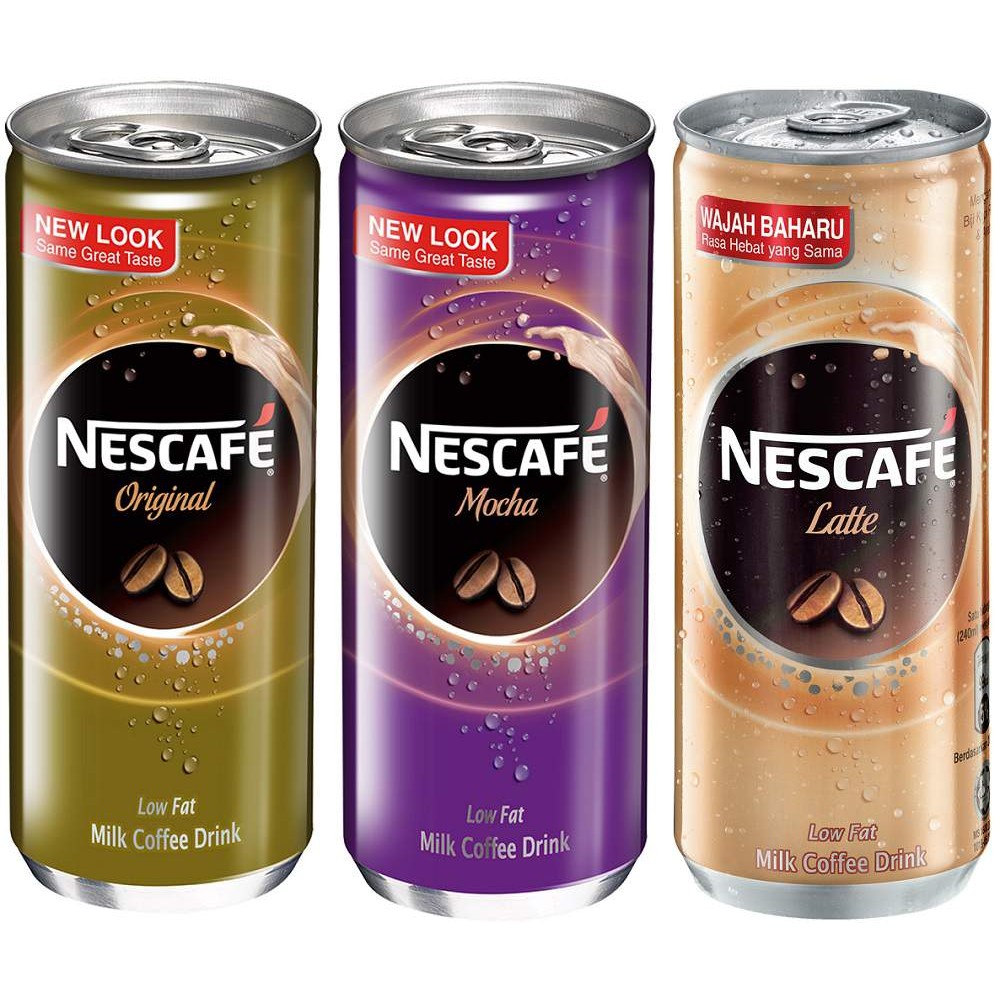
Nutella
Nutella is made from sugar, modified palm oil, hazelnuts, cocoa, skimmed milk powder, whey powder, lecithin, and vanillin. Pietro Ferrero, who owned a bakery in Alba, Piedmont, an area known for the production of hazelnuts, sold an initial batch of 300 kilograms (660 lb) of "Pasta Gianduja" in 1946. At the time, there was very little chocolate because cocoa was in short supply due to World War II rationing. So Ferrero used hazelnuts, which are plentiful in the Piedmont region of Italy (northwest), to extend the chocolate supply. In 1963, Ferrero's son Michele Ferrero applied his innovative genius and, by trial and error, he improved the recipe and created the first-ever jar of a new hazelnut and cocoa cream. Nutella reached Germany and the Germans immediately fell in love with the delicious spread in 1965.

Macaron Latte
Latte Macaron
マカロン ラテ
馬卡龍 拿鐵
Macarrão café com leite

visitor counter
